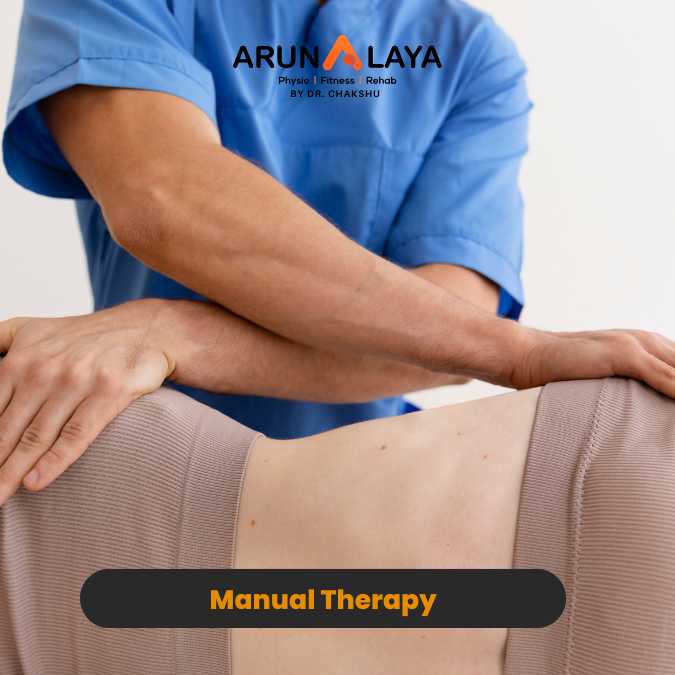
Arunalaya Healthcare is Delhi’s leading Physiotherapy, Rehabilitation, and Advanced Pain Management Center, offering world-class treatment with cutting-edge technology. Founded by the renowned instructor Dr. Chakshu Bansal, Ph.D. (America) and three-time world record holder, Arunalaya is known for its precise diagnosis and exceptional healing abilities.
With 16 years of experience, Dr. Chakshu has treated nearly 2 lakh patients, including high-profile personalities such as the Delhi Commissioner, CM of Himachal Pradesh, and the Former Health Secretary of India. She personally diagnoses and designs customized treatment plans for each patient, ensuring the highest standard of care.
Arunalaya specializes in sports injuries, musculoskeletal pain, and neuro rehabilitation, providing advanced manual therapy (KKMT), dry needling, pilates, and EMG-NCV therapy. Equipped with shockwave therapy and other innovative treatments.
We don't boast about ourselves but yes, our patients are happy
and satisfied giving us referrals to show faith in us.
Mon - Sat: 9:00AM to 8:30PM
Sunday: 9:30AM to 7:30PM
+91 8090080906
+91 8090080907
+91 8866991000






Please Call us on 8090080906/ 8090080907 or book through the form given on the site.
With a prominent presence as a leading Physiotherapist in Delhi, Dr. Chakshu is celebrated for her magical touch and precise diagnoses. At our Physiotherapist in Delhi, Patel Nagar we extend comprehensive care, offering a wide array of services encompassing physiotherapy, rehabilitation, and advanced pain management, all designed to enhance your quality of life. Arunalaya Physiotherapy and Sports Rehab Center, established by Dr. Chakshu, embodies a holistic vision of creating a pain-free India. By choosing us, you are opting for excellence in physiotherapy and a genuine commitment to your well-being. Backed by an illustrious legacy of world records and a multitude of patients who have reaped the benefits of our care, you can place your trust in us to deliver the highest level of service. Embark on the journey to a healthier, pain-free life with Arunalaya.
Charges are based on treatment, prescribed by Doctor after consultation.
Arunalaya Healthcare and Physiotherapy Rehab center is in Patel Nagar, opposite metro pillar 218.
